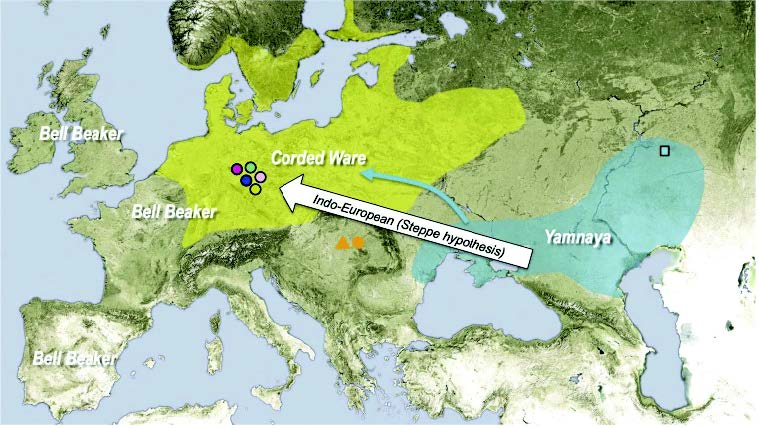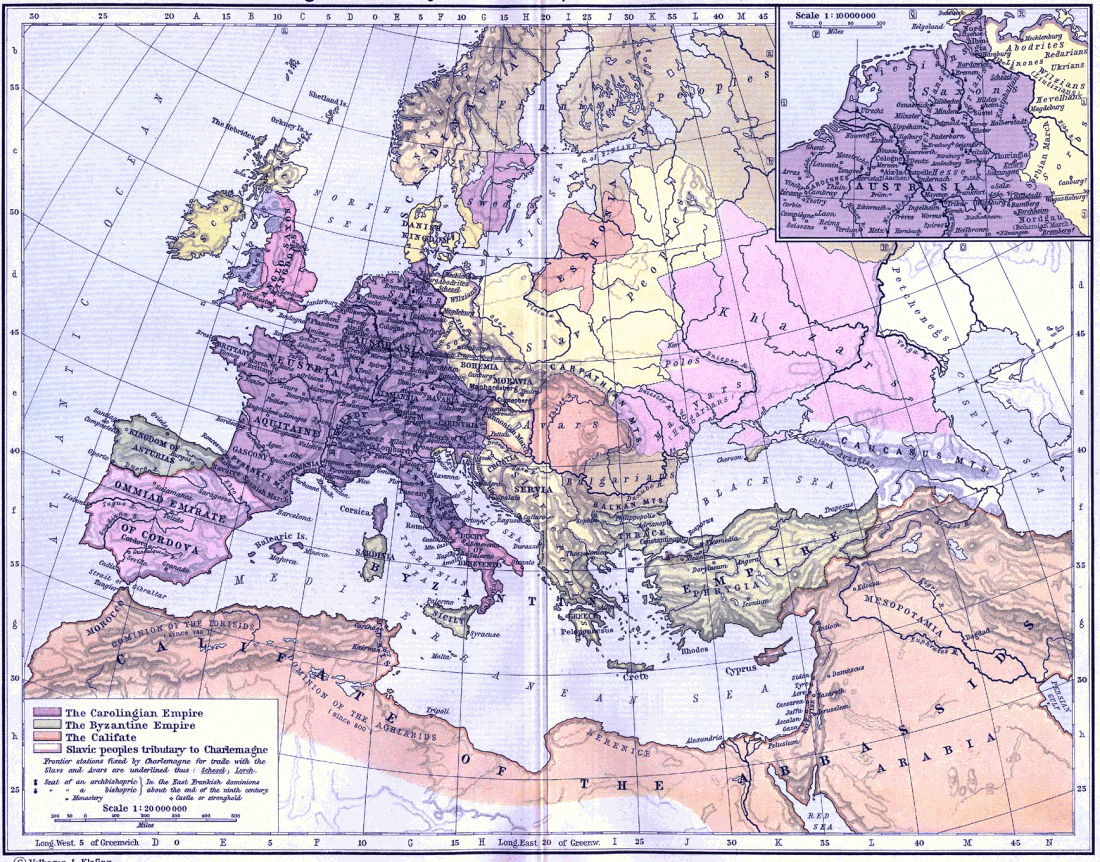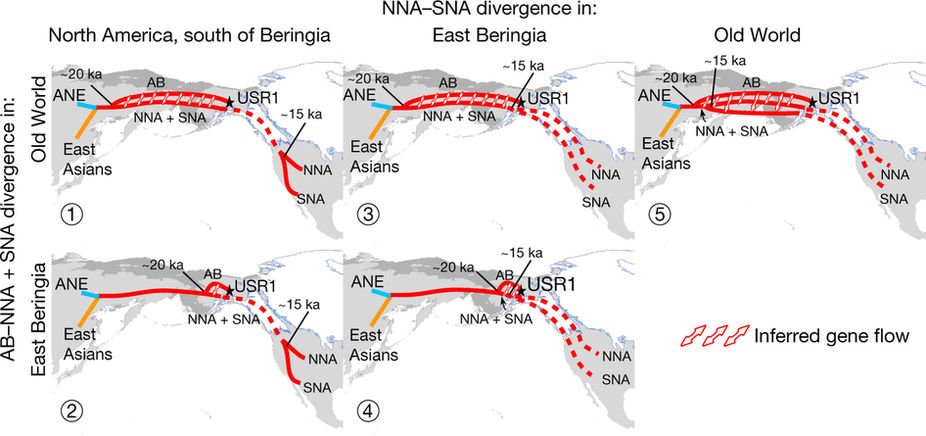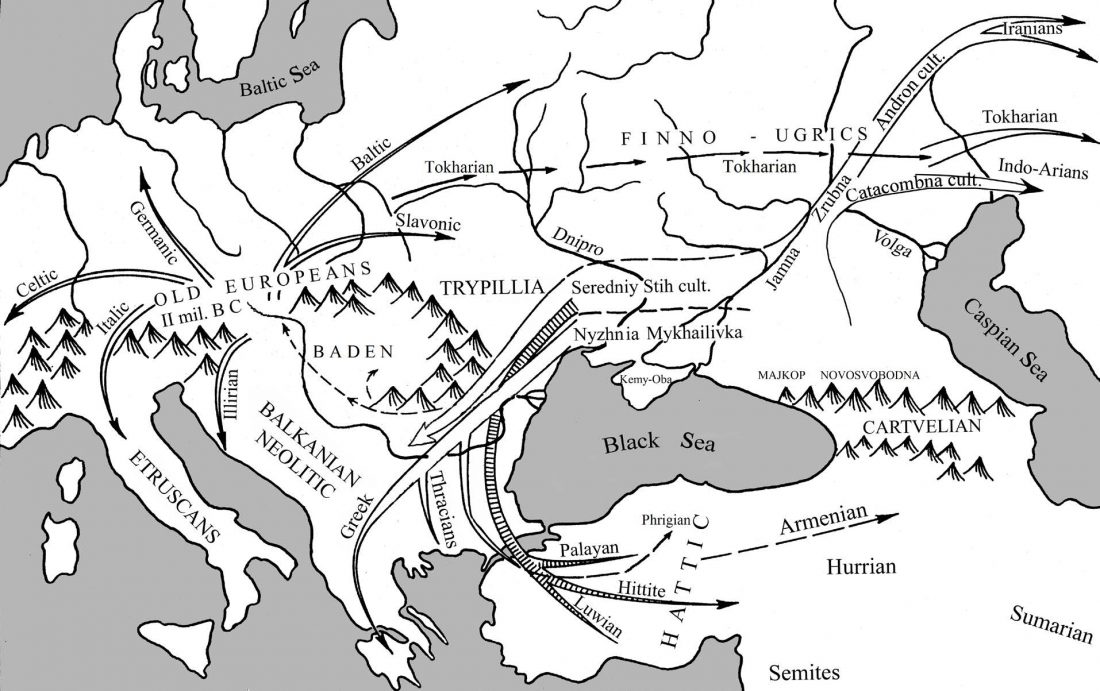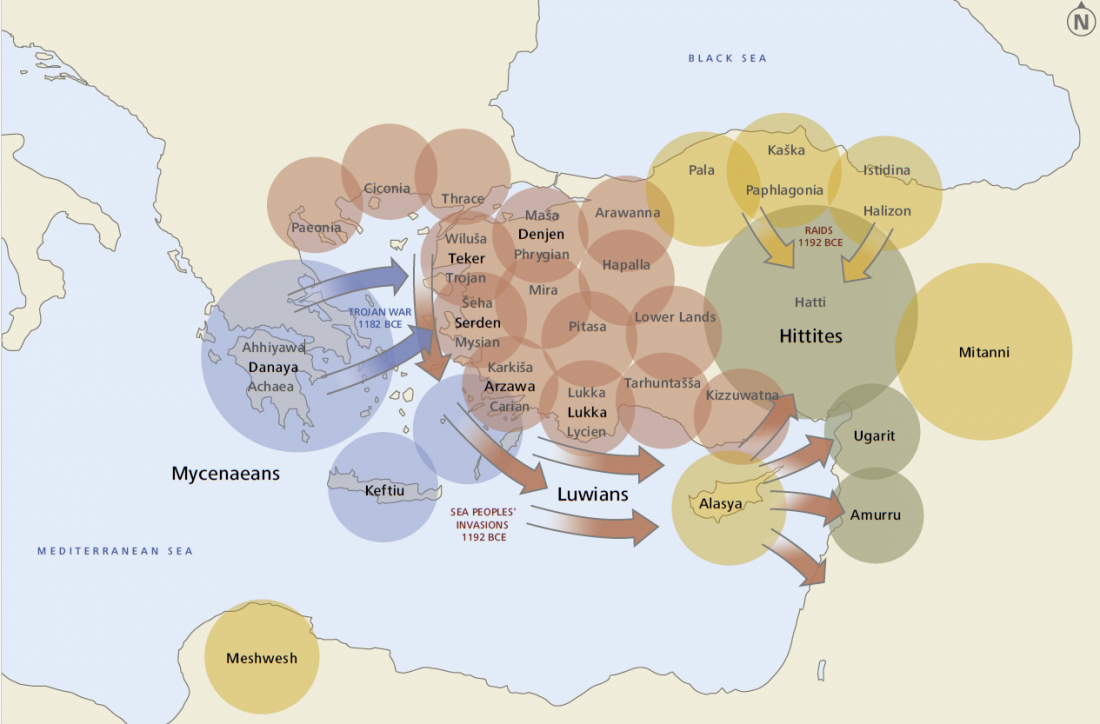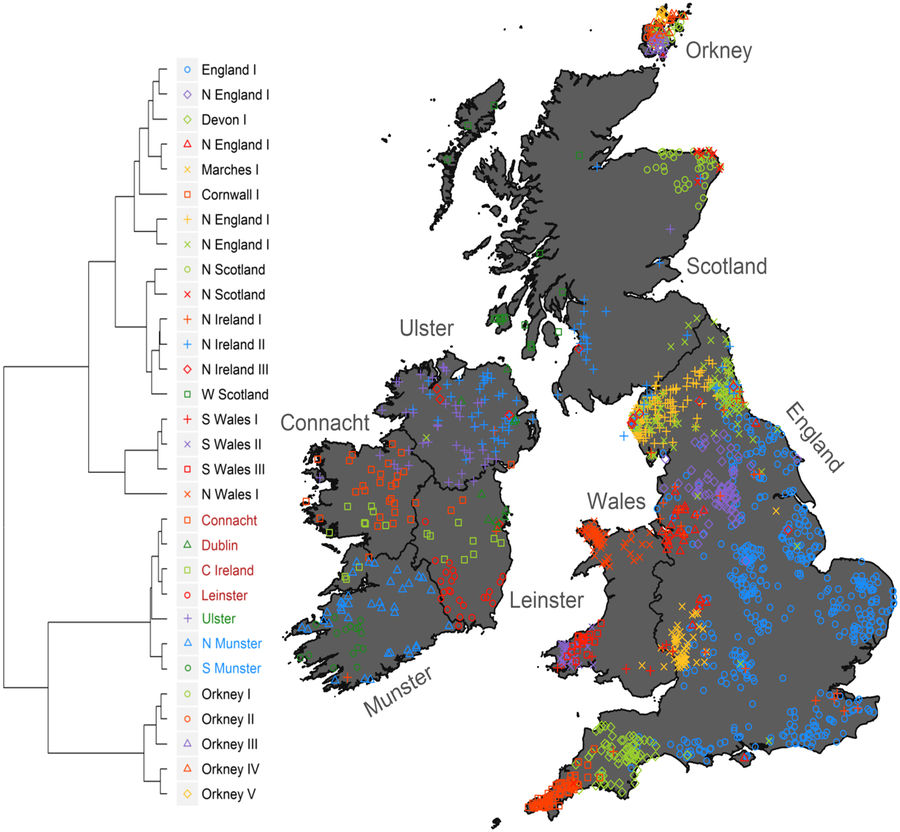Something is very wrong with models based on the so-called ‘Yamnaya admixture’ – and archaeologists are catching up (II)
A new article by Leo S. Klejn tries to improve the Northern Mesolithic Proto-Indo-European homeland model of the Russian school of thought: The Steppe hypothesis of Indo-European origins remains to be proven, Acta Archaeologica, 88:1, 193–204.
Abstract:
… Read the rest “Something is very wrong with models based on the so-called ‘Yamnaya admixture’ – and archaeologists are catching up (II)”Recent genetic studies have claimed to reveal a massive migration of the bearers of the Yamnaya culture (Pit-grave culture) to the Central and Northern Europe. This migration has supposedly lead to the formation of the Corded Ware cultures and thereby to the dispersal of Indo-European languages in Europe. The article is a summary presentation of available archaeological, linguistic, genetic and cultural data
